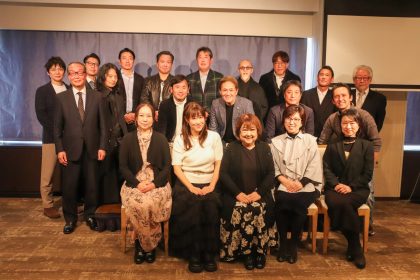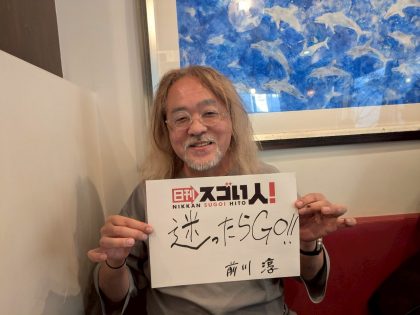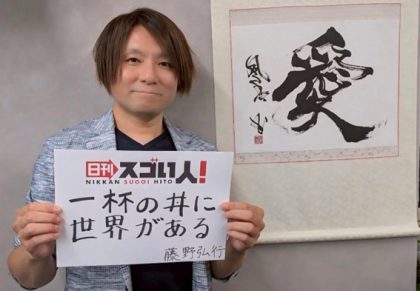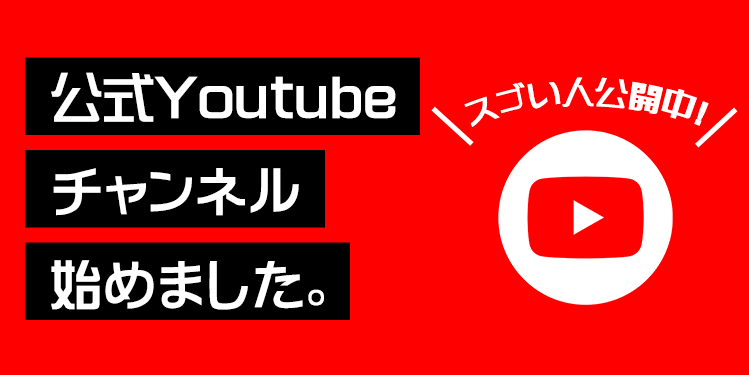
Do you know about Kokushu?
It's a generic name for Nihonshu, Shochu and Awamori (types of Japanese Sake), when brewed in the traditional way. I suspect that anyone who has at least once taken part in activities to spread Japanese Sake around the world, will have heard of his name. Today we'd like to introduce Mr Hitoshi Utsnomiya. A man who as chairman of the Japanese Sake and Shochu Makers' Association has been spreading "Kokushu" around the globe.Today he will tell us about his life from his time working in the tax office up to now.
put new wine into new wineskins
What is the Japanese Sake and Shochu Makers Association?The Japanese Sake and Shochu makers association is a group originally based upon national laws. Each prefecture has a representative, so 47 members, and under them each individual brewery has a representative, so a total of 1700 companies.I took up the duty of chairman from January of 2003 until the end of 2004.The association was originally founded due to the Japanese law, "Law for the preservation of alcohol tax, concerning the Breweries Association", in 1953 soon after the end of the second world war.The members were all breweries, so they wanted to facilitate smooth payment of taxes.It's a little difficult to understand, so it might sound like it was an organization to pay taxes (laughs).The actual work of the organization was to facilitate the development of its members in positive directions, through activities such as the sharing of brewing techniques, encouraging an increase in demand, and deciding rules within the world of brewing, such as basic standards for labeling. Further, in recent years Sake (Nihonshu and Shochu) have become popular in foreign markets, and even some place names have become well known. Therefore we also work out how to best continue their promotion.
The state of Foreign Trade Fairs
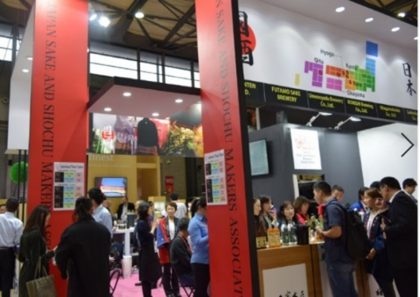
From Ehime to Kyoto, and then entering the national tax office
I was born in Ehime prefecture, but moved to Kyoto to attend the Kyoto Prefectural University.As a child I was from a rather unique family for the time, as both my parents worked.For this reason I always stayed in daycare until late, passing the time with just the daycare staff. Further, once my younger sister (6 years younger) entered daycare, as my parents were busy at work I had to pick her up in their place, so until my first year of middle school I didn't really have much opportunity to play with my friends after school. My father worked in the dairy industry as a plant manager, making dairy products such as milk and ice cream. As such I was always interested in food products and the world of industry.After I took the National Civil Service exam I thought about entering the Ministry of Agriculture, Forestry and Fisheries (MAFF), but then I heard that in the national tax office there was a post for alcohol, so I thought it sounded interesting and joined the National Tax Agency.
Work in the National Tax Agency Helped by Researching Mushrooms
During university, I studied in the Agricultural department and specialized in agricultural science. The topic of my studies had been Mushrooms.It wasn't related to sake, but the analysis and chemical composition I had undertaken at the time would later turn out to be unusually useful for my work, though of course, at the time I was blissfully unaware, merely immersing myself in the research.When I first entered the National Tax Agency I was assigned to the appraisal section, which analyze Sake and give instruction to brewery companies. In actuality, I also had to ask the breweries many questions too.The existence of this particular post is not widely known about in the larger society, and there are only around 60 officers working in the National Tax Agency.It therefore follows that the only people who really know about it are those working in the brewing industry.For my first 10 years in the National Tax Agency, I conducted research on the constituents, taste and smell of sake at an independent alcohol laboratory in East Hiroshima city, for the purpose of deepening my ability to discern differences in alcohols. From this I made standards to judge Nihonshu, and that is the reason my experience researching mushrooms during university was really helpful.
The time-honored Traditional Japanese Brewing Industry
Sake brewing is not a simple industry, it has a long history and culture.During the 1990s the mission the Tax agency made me responsible for had 2 major points: The first was the removal of the pre-war classification system, and correspondingly, the second was to plan for the future of the refined sake industry and the problems such as a reduction in master brewers. It had become clear that due to the advancing age of the master brewers, within 10 years many would stop being able to work, and thus there would be vacancies. In that time period, the experience and knowledge of a master brewer belonged solely to themselves, rather than to the company.If the master brewer went, then only the company would be left, but the ability to brew the sake would also go with them.Therefore, for the purpose of training up new engineers to replace the master brewers, I established a communications system of training, with the goal of creating young new master brewers.As a representative of the National Tax Agency, I supported the proposition for the new model and helped launch the training system.There was one brewery who had worked out their annual sales and administration, and using this information decided on how many staff they could employ and what they could create with them.It has already been 30 years since those various policies were started, and we are now in a time where the staff and managers are young master brewers and there the number of female master brewers is steadily increasing.
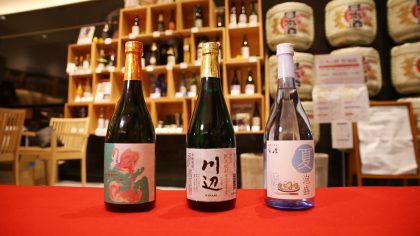
The world of Kokushu」: Nihonshu, Real Shochu and Awamori: Spreading the word
The main objective of the Japanese Sake and Shochu Makers Association is to spread Japanese Sake, real Shochu and Awamori around the world. Not to create some passing fad, but to be seen as an important part of Japanese culture, and known as such throughout the world.The group was founded in 1953 shortly after the end of the second world war, with the goal of stimulating networking and development within the brewing industry.That all said, in the current age, the most important goal has become spreading and popularizing the correct information relating to this historic cultural tradition.The association started conducting activities overseas from 2006.From 2012 we started promoting the exporting of Kokushu as a Japanese cultural product.Around 10 years ago, when Japanese Sake first started becoming popular abroad, there were many things that weren't well understood, for example people would ask whether it was hand made.
The exportation of Japanese Sake has grown over the last 10 years, and last year was the most successful yet, having grown to 3 times the initial amount.I have been the president for the last 3 years and in that time the amount exported has roughly doubled.The main reason for this increase in popularity has the current Government's plan to devalue the yen and keep it low.Until 2010 1 dollar was around 70 or 80 yen, which meant the yen was strong, but in the following era 1 dollar became 110 yen, and the price of exports from Japan fell drastically.As such, the price to buy Nihon Shu (Sake in foreign countries) for people in foreign countries fell to a much lower price.So with this, over the next 10 years sommeliers and other people within the wine world started to notice the positive aspects of Sake.There were attempts to start Japanese Sake contests in foreign countries.However, though they say they will take part in a contest, it's not like those people drank Sake regularly in their daily lives.So I think that it's vital to deepen ones sense of Japanese Sake, and therefore such competitions should be judged by both Japanese Sake specialists as well as Western Wine and alcohol experts, to get a mixture of ideas.For example, from the viewpoint of a Japanese person some particular aspect might makes a Sake good.So when someone from a foreign country looks at the Sake we can compare their evaluation to ours.Through this sort of exchange of senses, our opinions can align.2007 was roughly 2 years before the disaster.This is when we first began to implement the new system.In 2008, we went to the Nobel Prize Awards' Ceremony and gave out samples of the following Sake: 「 HYPERLINK "https://amzn.to/3hzKcR8" Fukushi」(*This year 3 researchers from the South of Japan won the Nobel Prize in Physics)2009:Nihon Shu・Shochu・Awamori「Kokushu」Announcement.
Discover the charm of this new Japanese Sake
Sake made from rice is similar to wine, in that it can be drank as an accompaniment to a meal, but it also has it's own unique characteristics and strong points, which we would like people to become aware of.Seeing the opinions of people from overseas on Sake is also a learning process for us, as we are able to discover the strengths of Sake that we living in Japan might miss.Another point that I would like to talk about is making people aware of the different ways in which Sake can be drunk.Until now people in foreign counties haven't known about the different ways to drink Nihonshu and Shochu, for example at the moment we are making people aware of "Hot Sake".In Japanese it's called Atsukan.When we speak of hot alcoholic drinks, people have the idea of a drink for a forfeit game; super hot, to a degree that it can't normally be drunk (laughs)!
By the way, we've been introducing the idea of drinking Ginko Sake from a glass that was previously made cold. In this way, little by little we can make people better aware of the different tastes of Japanese Sake and its surrounding culture.The image of Japanese sake is changing.Coupled with this story, again and again the experts and Somelliers in foreign countries have come to have a much broader knowledge of Japanese Sake.With this Foreign promotion, events and activities have been planned.From 2009 a Shochu event started occurring for the first time.
continue to tomorrow
◆Hitoshi Utsunomiya
Japanese Sake and Shochu Makers Association Chairman
Born in Ehime Prefecture.Kyoto Prefectural University, Agricultural Science Department, Graduated Kyoto Prefectural University,
Research institute, Agricultural Science Research Department, Master's course completed
1983 Entered National Tax Service, Independent Administrative Organisation Shurui Total Research Institute, Work for the National Tax Service
2018 Retired Lectured for the promotion of Japanese Sake @Nigata Sangyo University
2019 Japanese Sake and Shochu Makers Association Chairman
◆Japanese Sake and Shochu Maker's Association, the makings of Kokushu (Connecting Japan and the world)
1993 FOODEX First Exhibition
1998 Opening of "Japanese Sake Information Booth" (Sake Plaza) (in West Shinbashi)
2000 Kyushu・Okinawa Summit「Kokushu」Exhibition
2006 Starting foreign events
2008 Fukushi Exhibit at the Nobel Prize Ceremony. Hokkaido Lake Toya Summit「Kokushu」exhibition
2009 Coining of「Kokushu」to mean Nihonshu, Shochu and Awamori. Beginning of Foreign Shochu events
2013 Japanese Cuisine registered as a Unesco Intangible Cultural Heritage
2014 Set up Japanese Sake and Shochu Makers Association Foreign Support Desks (London and New York)
2015 Milan World Fair, Kokushu Exhibition. Brewery Tour For Foreign Diplomats residing in Japan(Joint with Japanese Tax Service)
2016 Ise Shima Summit, Kokushu exhibition
2017 Start of "Sake and Shochu Academy" for Foreign alcohol experts. Support Desk set up (Hong Kong). Training Seminars aimed at Interpreters
2018 Pro W wine 2018 (Dusseldorf) Support Desks set up (Paris and Taiwan)

